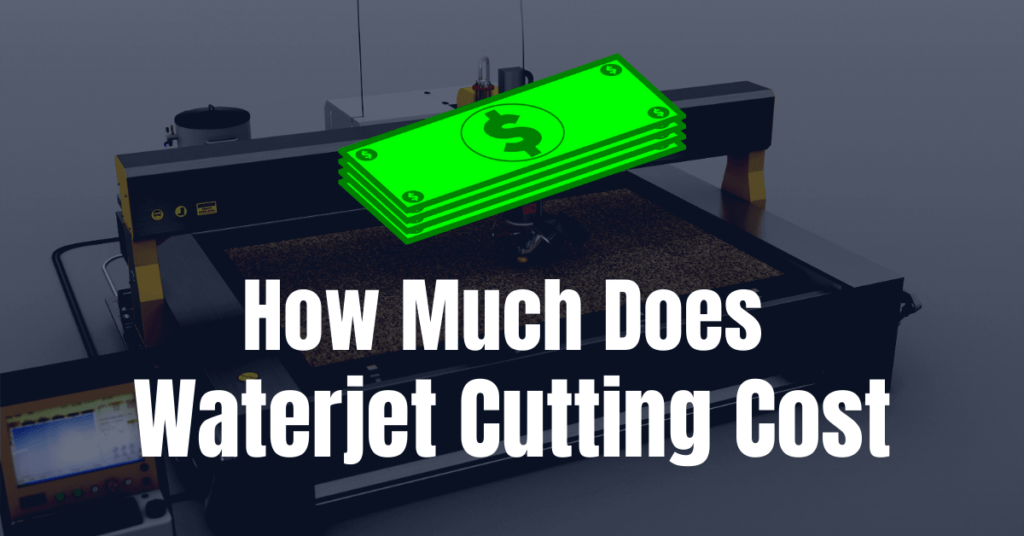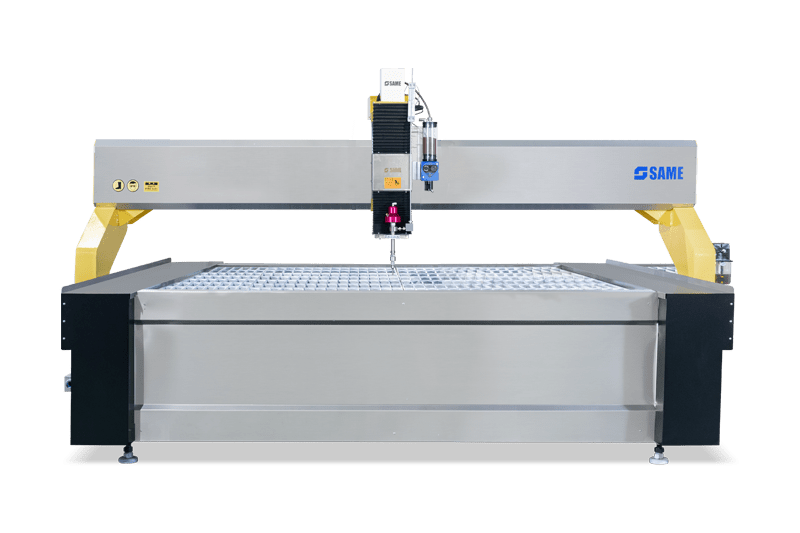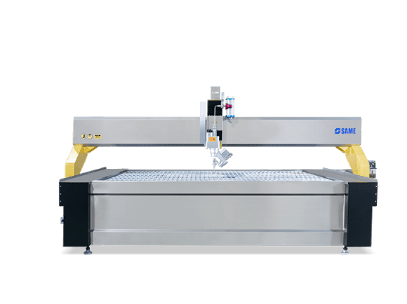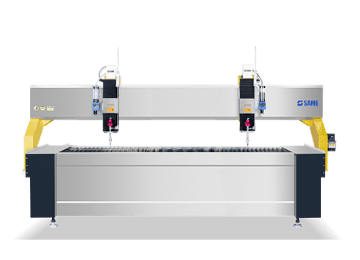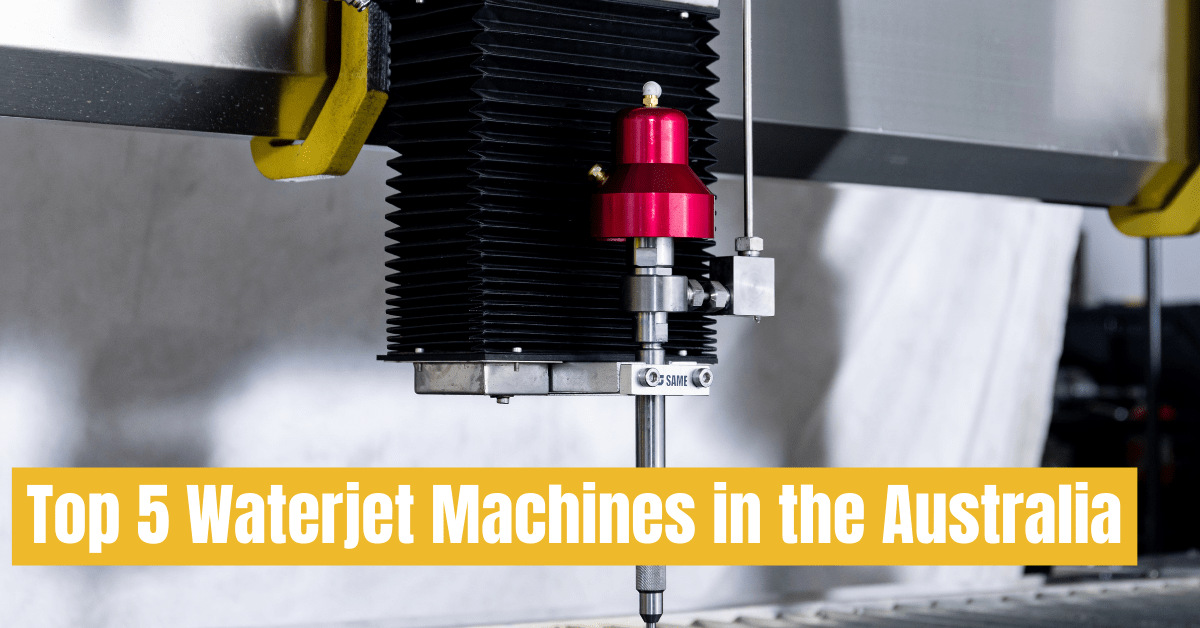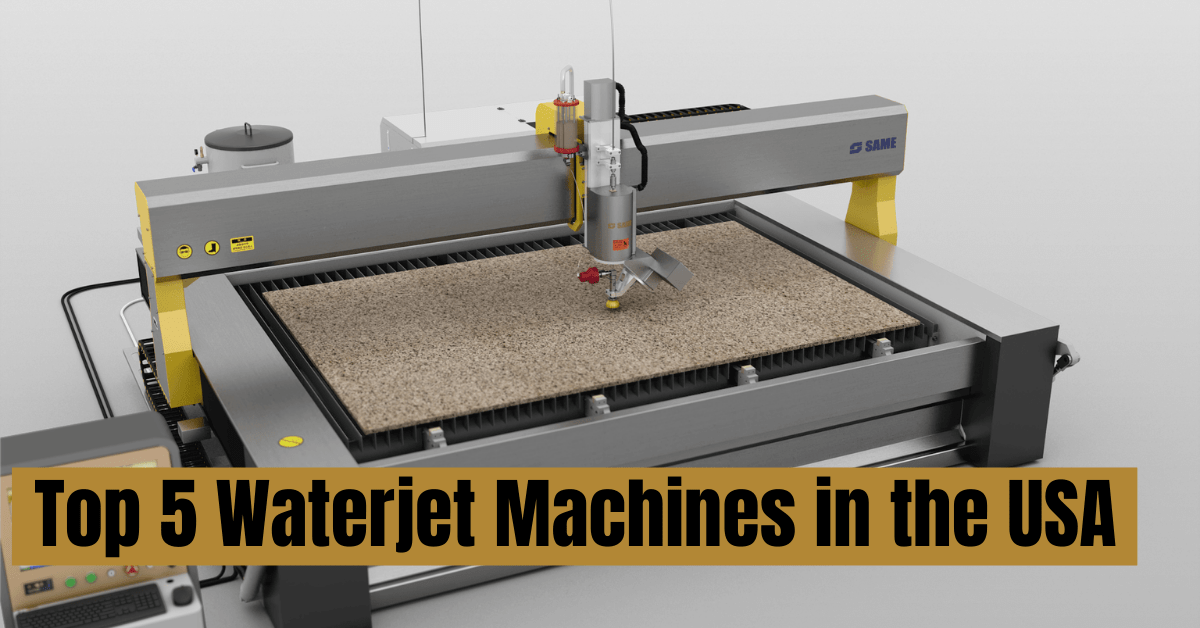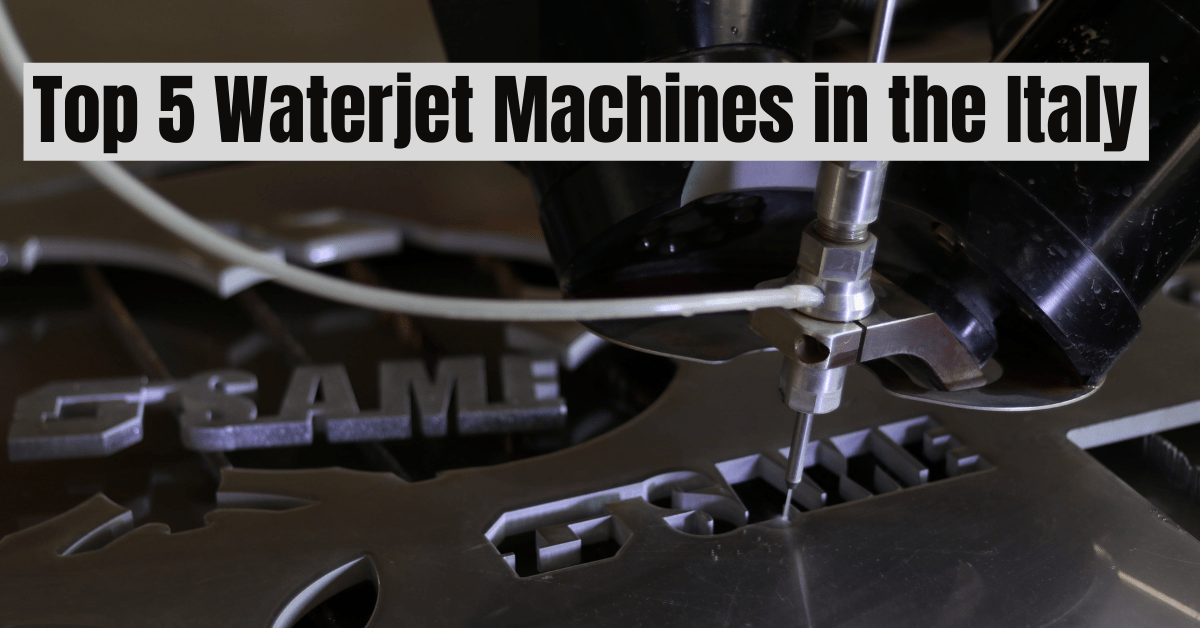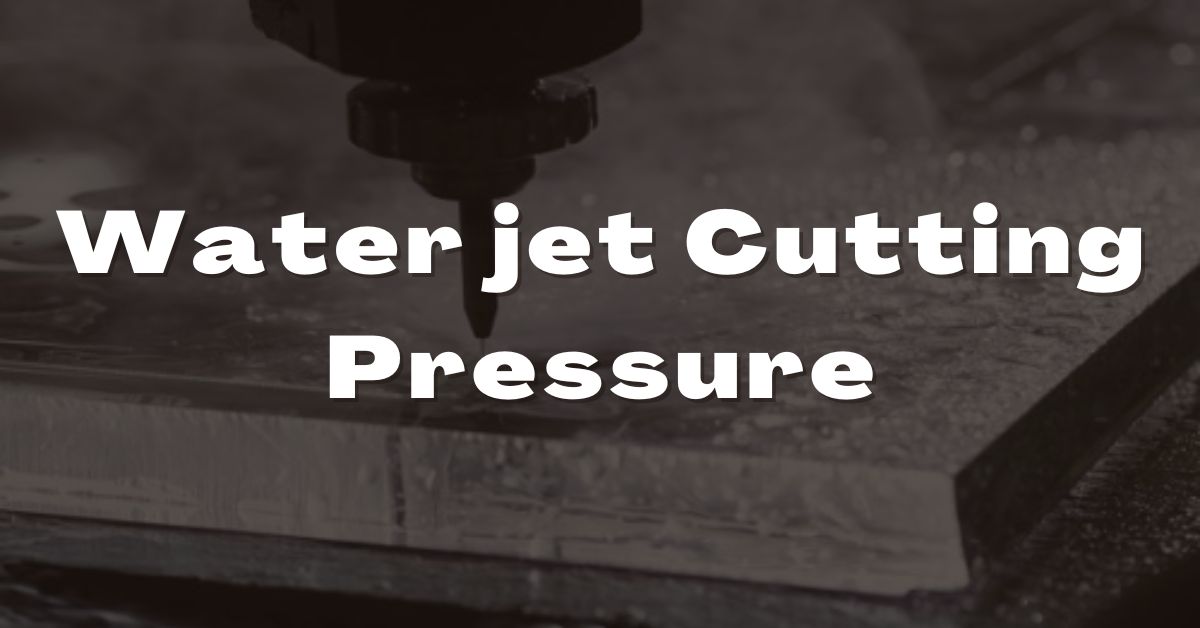Summary
The average cost of operating a water jet can reach anywhere from twenty to thirty-five dollars per hour. The majority of the cost comes from the consumable abrasive, and it has a qualitative increase based on the number of cutting heads and water pressure.
Now, how much does waterjet cutting cost, depends on a multitude of factors. The cost of the consumable materials and power isn’t the only determiner in this case. Even the material you are working on plays a significant role.
Waterjet Cutting Cost: Everything You Need to Know!
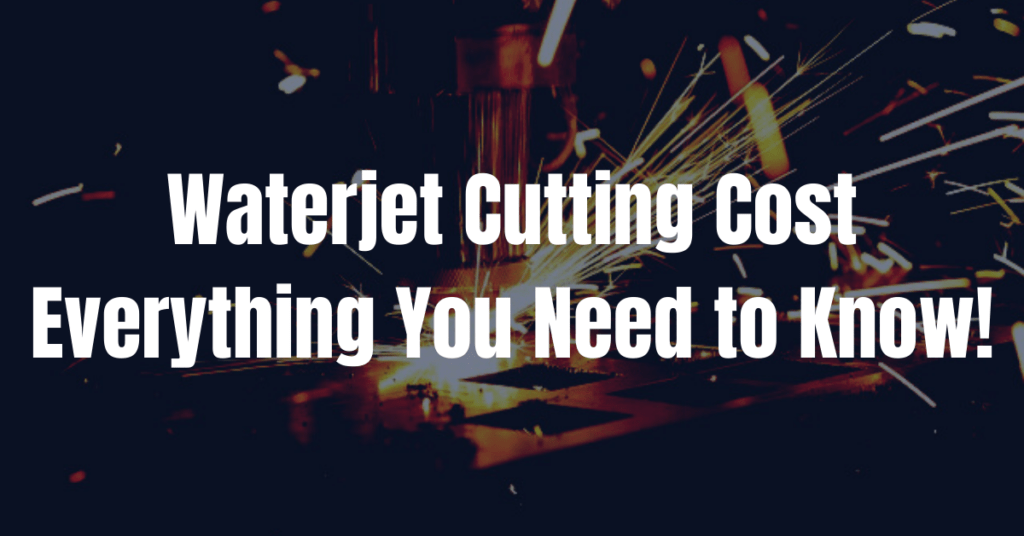
Is Waterjet Cutting Expensive?
Yes, Waterjet cutting cost is high, but not to the extent of being unbearable. Waterjet cutting costs depend on a lot of things. There’s the cost of paying an operator. Consumable materials such as water, fuel, and abrasive material also add to the overall expense.
That’s the raw expense alone. The pressure level also increases the cost significantly. Thicker materials require more power to cut, and it also needs more time. So yes, Waterjet cutting is quite expansive.
Does the Cost Depend on the Material?
Waterjet can cut through a plethora of materials with excellent precision. Most Waterjets can use 60000 to 90000 PSI. The materials you work with would determine how much pressure you would need to use.
Waterjet can cut through Carbon Steel, Stainless Steel, Aluminum, Titanium, Copper, even glass. Different materials have different levels of strength. You can handle most glass with 60k PSI and regular fine abrasive. On the other hand, things like titanium require far more water pressure to get the job done. More pressure means more expense.
Also Read: Cutting Glass with Abrasive Waterjet
The material’s natural density isn’t the only thing that affects the waterjet cutting cost. The thickness of the material you work with is also a crucial factor. A standard waterjet can cut through titanium that has up to 17cm of thickness.
Higher HP is generally better for thicker material because that speeds up the whole process. Increasing the HP would also increase the abrasive consumption and power consumption. However, that is ultimately less expensive than wasting valuable material and time by running it at lower HP.
What Are the Expenses of Waterjet?
As I mentioned earlier, there are quite a few factors that determine the overall waterjet cutting cost. I’ll now explain each of them in detail so that you can have a rough idea about the total cost.
- Abrasive
Abrasive is the mineral component of the slush that acts as the blades of a waterjet. The most commonly used materials are sand, garnet, silicon carbide, etc. The Usual cost of garnet is around 25 cents per pound, and the others are around a similar range.
Must Read: What Materials Can a Waterjet Cut?
An average waterjet uses around 3 pounds of abrasive per minute, so the cost adds up pretty quickly. It can be anywhere from 100$ to 150$ per day, but that generally depends on how long you plan on running the waterjet. The overall cost can eventually stack up to 50000$ a year, and that is a modest estimate.
However, you can recycle the abrasive material. You get to cycle the same abrasive a few more times before they lose their edge. The cutting power increases with each subsequent cycle because smaller grains have sharper edges. But they eventually lose their edge over a few cycles.
Even though you can recycle the slush, it still adds up to more than half the cost of using a water jet.
- Replacement parts
Water jets cut through everything using high-pressure abrasive-infused slush. The method is effective because of the concentrated pressure. However, the pressure doesn’t only affect the material you are cutting.
Some parts of the Water Jet also suffer from the force and eventually wear off. These parts need to be frequently changed once they receive a certain extent of wear. The most commonly replaceable parts are the pump seals and focusing tubes.
The yearly cost of these replacements can reach anywhere from $15,000 to $25,000. So it is the second-largest cost of using a waterjet.
- Electricity
The power consumption of a Water Jet is moderate compared to other industrial-grade cutters. The power consumption largely depends on what material you are working with. Thick materials would require greater consumption because you would need to push the HP up to 90.
The overall annual cost of running a Water jet can reach up to $10000 easily. It is a rough estimate, but power consumption cost is about 10% of the total cost of running a water jet. 10% of the total cost is not that much compared to the abrasive material cost.
- Water consumption
Water is the largest amount of consumable resource for a waterjet cutter. An average water jet uses anywhere from 0.5 to 1.5 gallons of water per minute. The amount of water consumption depends entirely on the orifice size.
Water is about three bucks per a thousand gallon on average. So your yearly cost can never exceed more than $3000.
The cost of water consumption is only around 3-5% of the total cost of using a Water jet despite being the largest volume of a consumable resource. That’s because Water recycling is far easier than recycling abrasives.
You can recycle up to 90% of the water with a decent loop system. It can keep going as long as it is clean enough.
Why Should You Use Water Jet Over Other Cutters?
Water Jet cutter is comparatively more expensive than other industrial cutters such as plasma and laser. So, why bother using it over any of them?
The first answer is Precision. One of the primary reasons for using water jet cutters over others is the precision and finishing quality. Water jet cutters are far more refined than heated cutters. You can achieve up to a staggering 0.13mm accuracy while penetrating even the toughest of material.
Also Read: 10 Waterjet Cutting Safety Tips
Another reason for using water jet cutters is their eco-friendliness. Water jet cutters do not produce heat, they use mineral-based abrasive materials, and they require very little electricity. All of these coupled together make water jet cutters exceptionally nature-friendly.
Flexibility is another reason why Water jet cutters are more viable than other alternatives. Laser and plasma cutters both have certain materials they cannot penetrate properly. Water jet cutters, on the other hand, can work with any sort of material. Just as long as the water pressure and HP are high enough.
You can grant a water jet cutter more flexibility by swapping the type of abrasive used. Smaller shards are better for precision, while larger shards work well against thinner material. Water jet also has a higher penetrative ability than both plasma and laser. So, it can cut much thicker materials than them.
So, all in all, based on what you are using it for waterjets are a good investment to make and are in many uses better than other cutting methods.
Conclusion
The cost of running an Average Water Jet does not exceed 35 dollars, so the trade-off isn’t that bad. On top of that, they have excellent recycling capability, which cuts down the overall cost by a large margin.
Almost 70% of the cost comes from the abrasives, if you manage to strike a good deal on abrasives, you can cut down the expenses to a large degree. If that happens, then your largest expense would be the wear parts.
I hope this article was able to help you learn how much does waterjet cutting costs. Thanks for reading and until next time, farewell.


